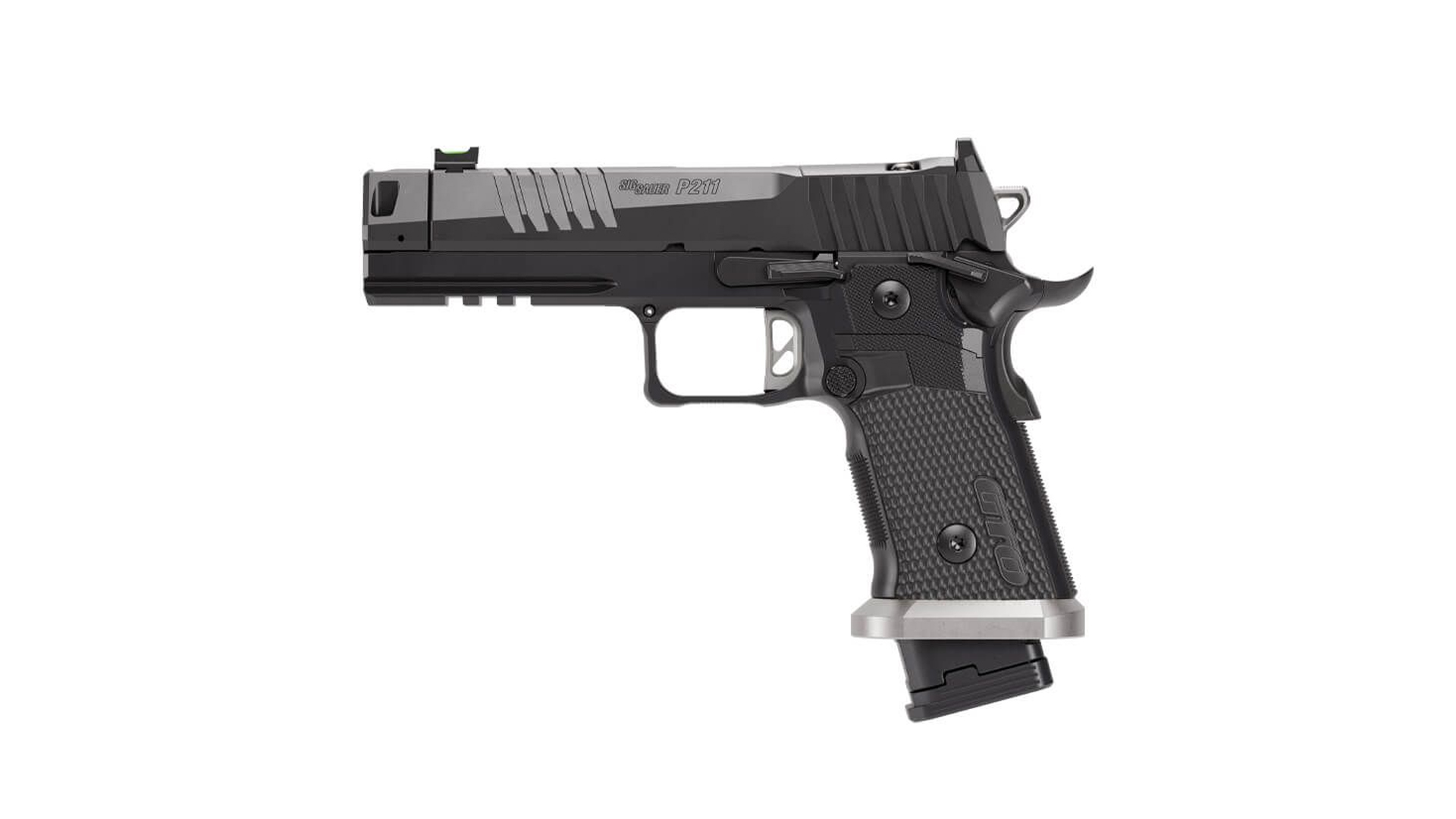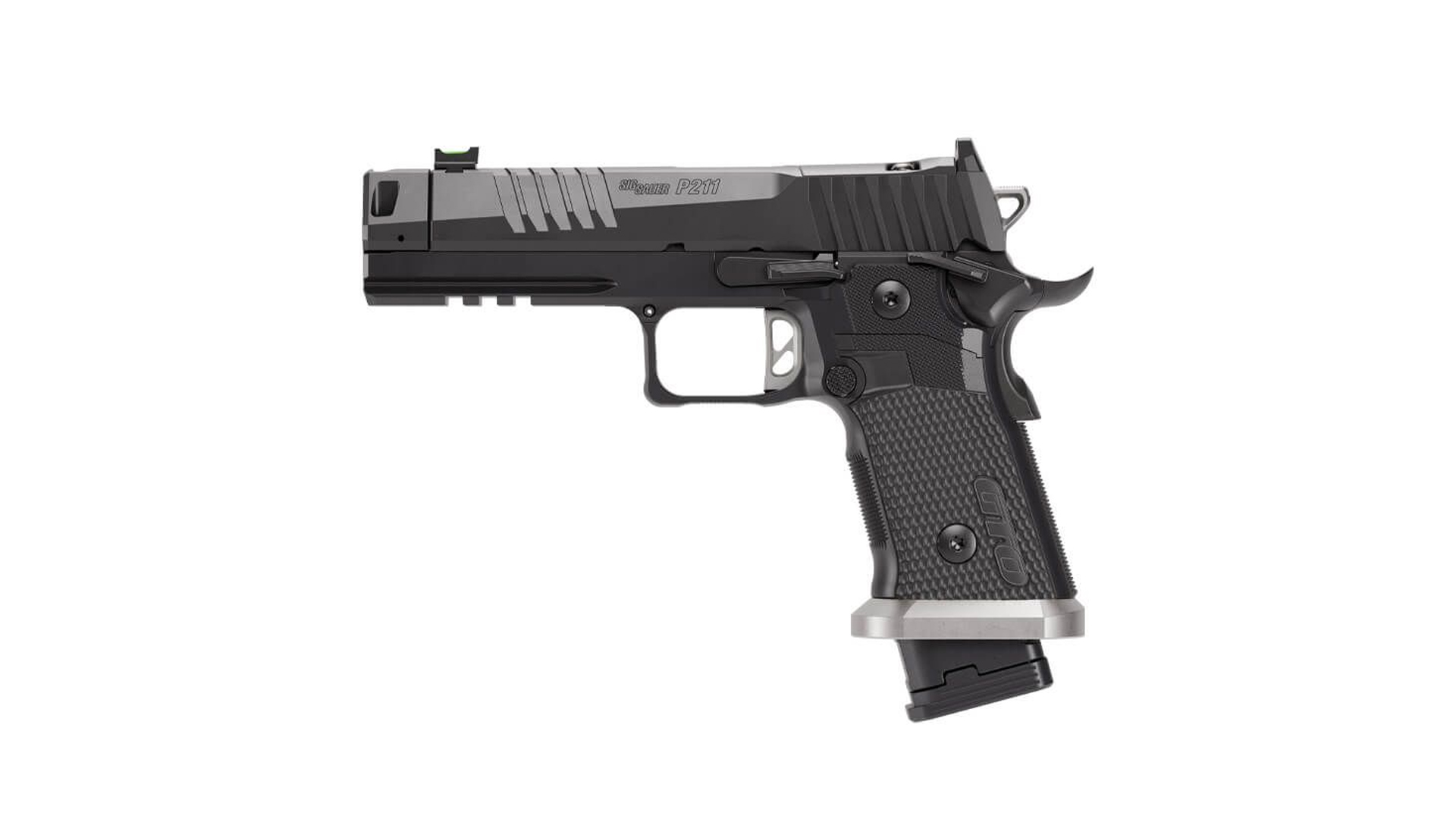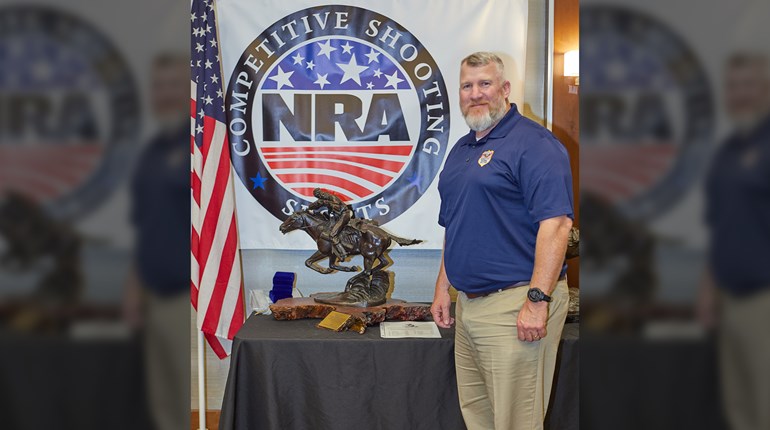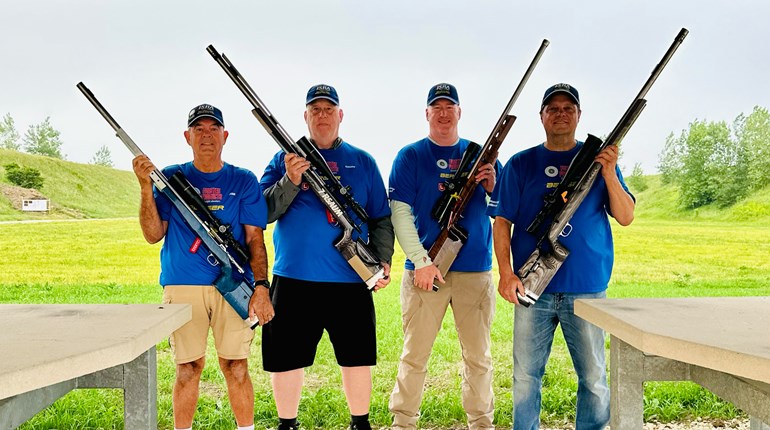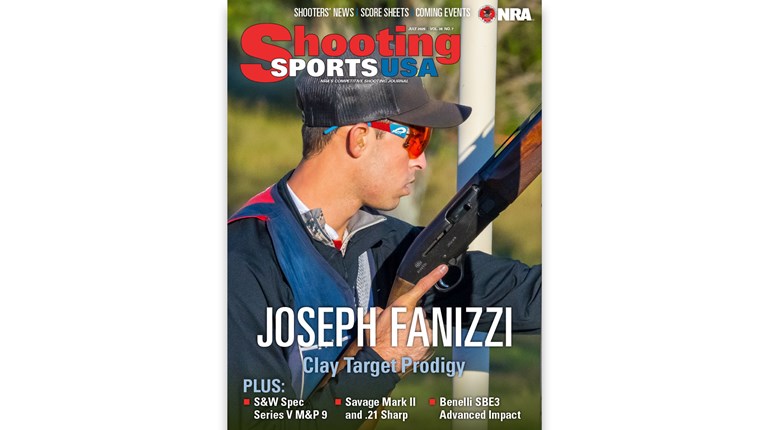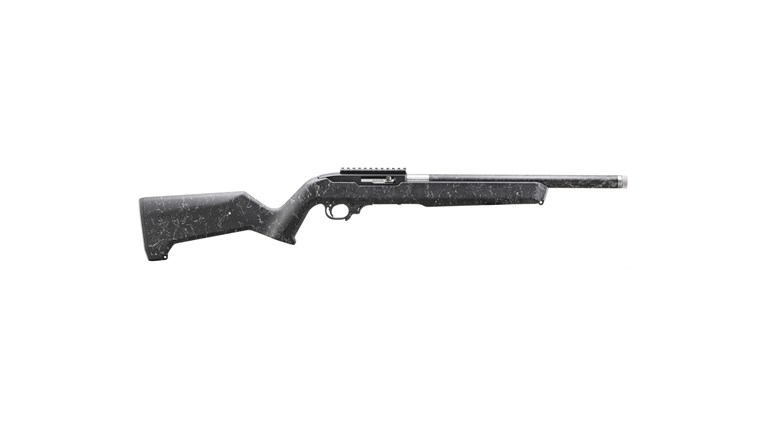
Cartridges used in NRA long-range competition have steadily evolved over the years. From the old standby .30-′06, moving on to the other large boomers such as the .300 Win. Mag., the 7mm Rem. Mag. and even wildcats like the .30-338 Magnum, we thought we had found the answer. It seemed to be a “more powder and bigger bullets” mindset that was driving the shooters―and sure enough it was.
In the early 1990s, top shooters from the southwestern U.S. began winning 1000-yard events using smaller, high-velocity calibers. National Match shooters had already found the 6.5x308 (.260 Rem.), using it to smoke .30-caliber course shooters at 300 and 600 yards. Clearly, sticking a 6.5mm bullet in a slightly larger case and shooting it at 1000 yards worked―and it worked well. The 6.5x284 suddenly became the must-have cartridge for 1000-yard matches.
Fast forward to later in the decade, when National Match shooters began having increasingly more success using the 6mm cartridges due to lower recoil impulse and lower shooter fatigue. The 600-yard scores fired with the 6mm cartridges either equaled or surpassed those fired by shooters using the gold-standard .260 Rem. These competitors began using newer cartridges like the 6XC, the 240NM or even the .250 Savage case necked down to 6mm. Cases of this powder capacity could drive the sleek 105-grain or 107-grain bullets well over 3000 fps and they shot extremely high scores at both 300 rapid- and 600 slow-fire.

By the 2000s, shooters were using 6mm cartridges strictly for 600-yard events. Some even dabbled with them for 1000-yard matches. My focus was on prone shooting at that time and I used a long-throated 6BR Remington for all of our many 4X600 events to take some of the pressure from a reasonably hard-hitting Palma rifle that I owned, saving it for the looming Palma Team tryouts. Besides the ultra-low shooter fatigue of the 6BR, it could shoot inside of any Palma rifle at 600 yards even if they shot the big 180- to 190-grain VLD bullets. I found the 6BR to hold waterline elevation like I had never experienced before and the cartridge gave an edge over the many .260 Rem. shooters on the line on wide open ranges where wind could get squirrely. I tried it in a few 1000-yard matches and won our state long-range aggregate using it in the 1000-yard “Any” matches back in 2001. I also set the state mark in Minnesota (held for all of about 2 minutes), until a friend finished his string using his 6.5x284. I do know that other shooters across the country were having similar successes with the 6mm cartridges at 1000 yards using the 105-grain JLK and the SIE 107-grain bullets of the day. The folks using the 6BR in the then-fledgling F-Class were racking up some real tall scores using it also.
Needing slightly more grunt in 2002 so that my 6mm was a ballistic equal to the .260 Rem. shooters, I decided to chamber what basically amounted to a 6BR Dasher with a no-turn neck and a very shallow angle throat. That throat would allow me to jump any of the 105- to 107-grain bullets of the day some .025-.030 inches and not have the rear bearing band of the bullet come close to the neck/shoulder junction of the case. It won a Minnesota title and set the bar on the Wisconsin state long-range trophy. It also won a relay for the Wimbledon in 2003 in some particularly ugly winds on Relay 3 with a 199-13X (lost the very first shot), and a final string of 100-8X.
The following year the 6mm truly made its mark on long-range shooting. David Tubb fired an unbelievable perfect score in the entire Tompkins Aggregate. If you weren’t there to witness it, you missed a shooting exhibition that will never be equaled. His 6XC loaded with a new 115-grain bullet he marketed was equal to any 6.5x284 on the line. Where it held the advantage was the elevation it could hold with virtually zero shooter fatigue. It’s what shooters have been finding ever since.
From that moment on, shooters have been making deeper inroads with 6mm cartridges. National Long-Range Championships and individual events such as the Wimbledon Cup and Leech Cup have been won with a standard .243 Win. Some newer cartridges with high-quality brass are making their mark all over the country such as the 6x47 Lapua. Expect the 6mm Creedmoor to be added to that list―now that good brass is available.
Looking at things realistically, it is hard to deny the scores fired in F-Open by shooters using the .284 Win. or variants. They are what win most of the big aggregates on a target half the size that sling shooters fire on. The success that the U.S. Army Marksmanship Unit has had firing the 7mm SAUM is also pretty good evidence that a 7mm projectile driven at good velocity will win out over most anything in a wind contest providing you can get consistent primers. But, the average shooter would do well to look at what is trending and has been increasingly successful. A 6mm having a moderate case capacity, firing the newer 110- to 115-grain darts and having that small primer for ignition will have you standing on the winner’s podium in increasing numbers in the future.
Read Grant Ubl’s previous article that details the rifle barrel break-in process.



